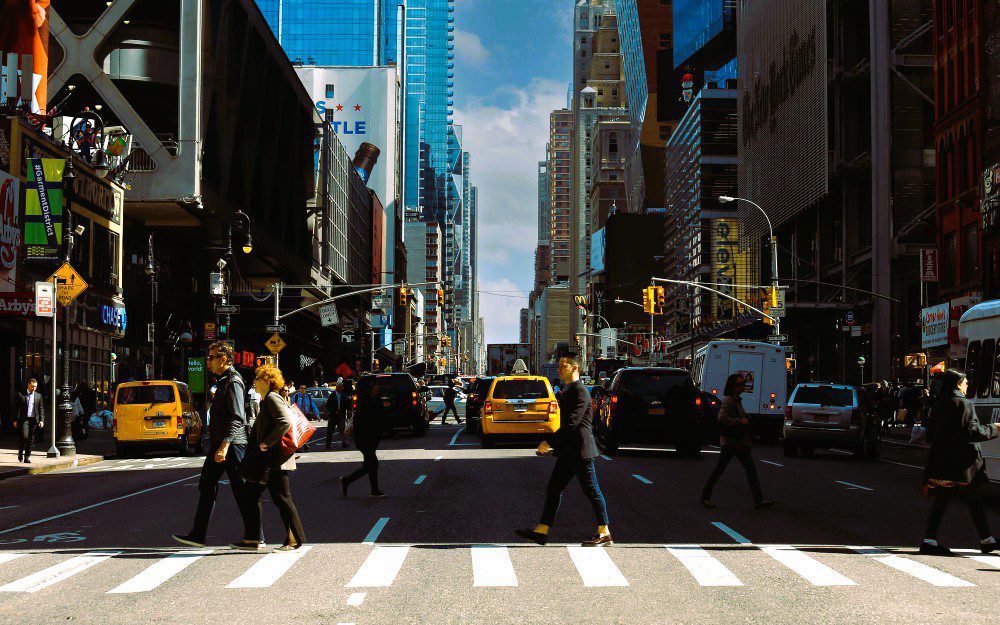Executive Summary
The Story So Far
Why This Matters
Who Thinks What?
A recent analysis by Yale University’s Budget Lab projects that President Donald Trump’s tariffs could push between 650,000 and 875,000 Americans into poverty next year. The research indicates that “price shocks” resulting from these tariffs are expected to increase consumer prices, reduce purchasing power, and ultimately lead to job losses across the United States.
Tariff Impact Projections
The Yale Budget Lab’s latest trade policy update found that these price increases are anticipated to significantly reduce Americans’ purchasing power and overall spending levels. This reduction, the lab notes, is likely to cause sales to drop and businesses to cut jobs, pushing more individuals below the poverty line.
While President Trump’s administration’s tariff plans have generated billions of dollars in federal revenue—an estimated $163 billion according to the Bipartisan Policy Center—critics have warned of potential financial difficulties for American consumers. These policies, now largely in effect, are seen by many as translating increased import taxes into higher consumer prices and a weakened economic outlook.
Expert Perspectives
Timothy Smeeding, a professor of economics at the University of Wisconsin-Madison’s La Follette School of Public Affairs, echoed these concerns, stating that tariffs would primarily influence poverty rates through their effect on prices. He told Newsweek that if prices rise, spending will decline, sales will fall, and impacted sectors will likely resort to layoffs.
Smeeding identified industries dependent on sales, such as grocery and retail, along with other blue-collar professions, as most vulnerable. He added that the impact could be exacerbated by cuts to programs like SNAP and Medicaid, potentially leading to store closures and challenges for rural healthcare facilities.
Methodology and Measures
To calculate the projected effects of tariffs on poverty rates, Yale researchers utilized data from the Census Bureau’s 2023 Current Population Survey, advanced with economic projections from the Congressional Budget Office. Assuming the tariff environment of early September remains constant, the Budget Lab projected sectoral “price shock” forecasts onto consumer price indexes, then mapped these effects onto the broader population while accounting for inflation.
The analysis used two distinct poverty measures. The Official Poverty Measure (OPM), which relies solely on pre-tax income, yielded the higher estimate of 875,000 individuals, including 375,000 children. The Supplemental Poverty Measure (SPM), which adjusts for geographic differences and incorporates noncash benefits like SNAP, housing assistance, and tax credits, resulted in the lower forecast of 650,000.
For context, a recent report from the Census Bureau indicated that the official poverty rate in 2024 was approximately 10.6 percent, encompassing about 36 million Americans. When utilizing the SPM for the prior year, the rate was higher at 12.9 percent, affecting roughly 44 million people.
The Yale Budget Lab report explicitly states, “Tariffs, like all indirect taxes, reduce the purchasing power of households’ incomes by increasing prices in the economy or by decreasing nominal incomes. This loss of purchasing power—a reduction in what economists call ‘real’ incomes—represents the direct economic burden of tariffs. Because patterns of spending differ across households, this burden is felt unevenly.”
Administration’s Counterpoint and Legal Challenges
White House Spokesman Kush Desai offered a contrasting view, asserting that “Economic forecasters made similar doom-and-gloom predictions during President Trump’s first term, when the very same agenda that the Administration is pushing now of tariffs, tax cuts, deregulation, and energy abundance unleashed historic job, wage, and economic growth – as well as the first decline in wealth inequality in decades.”
In a related development, the Supreme Court is scheduled to hear arguments in early November regarding the legality of many of Trump’s tariffs. This follows the administration’s appeal of lower court rulings which determined that the president exceeded his authority in imposing these tariffs under the 1977 International Emergency Economic Powers Act.
Outlook
The Yale Budget Lab’s projections highlight potential economic challenges stemming from the current tariff regime, particularly for lower-income Americans. These findings stand in contrast to the administration’s claims of broader economic benefits from its policies. The ultimate impact of these tariffs, both economically and legally, remains subject to ongoing debate and judicial review.








